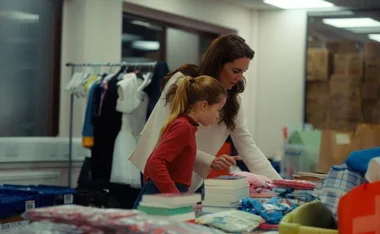They might be married into the royal family, but Meghan Markle and Kate Middleton will never fully be able to shake their maiden names.
And while we all know when you wed a prince or a princess, you get a shiny new title like the Duke or Duchess of Sussex, how do the royals get their last names? And what is the real surname of the royal family?
Here, we answer all your curly questions on exactly how royal surnames work!
How do royal surnames work?
According to the official Royal Family website, members can either choose from two options and be known “both by the name of the Royal house, and by a surname, which are not always the same. And often they do not use a surname at all.”
In fact before 1917, royals didn’t even have surnames and were simply known by their house or dynasty.
The most common surname for the royal’s was Saxe-Coburg-Gotha, which was used for several European sects. But in 1917 King George V decided to axe this Germanic title to move the royal family away from German ties and instead they adopted the title of Windsor.
“George V specifically adopted Windsor, not only as the name of the ‘House’ or dynasty, but also as the surname of his family. The family name was changed as a result of anti-German feeling during the First World War, and the name Windsor was adopted after the Castle of the same name,” the Royal Family website states of the decision.
It continues: “At a meeting of the Privy Council on 17 July 1917, George V declared that ‘all descendants in the male line of Queen Victoria, who are subjects of these realms, other than female descendants who marry or who have married, shall bear the name of Windsor.'”
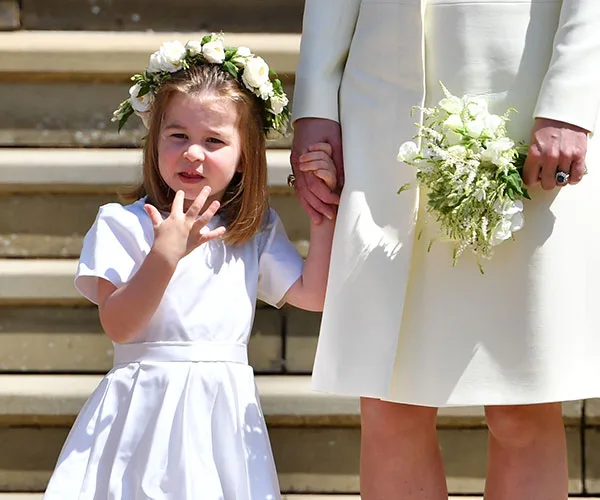
Our face when trying to crack the royal surname code.
(Image: Getty) (Credit: (Image: Getty))In 1960, The Queen and Prince Philip decided they wanted a special title for their children and grandchildren to distinguish them from their other relatives and came up with Mountbatten-Windsor, which is a combination of The Queen and Prince Philip’s surnames.
“It was therefore declared in the Privy Council that The Queen’s descendants, other than those with the style of Royal Highness and the title of Prince/Princess, or female descendants who marry, would carry the name of Mountbatten-Windsor,” the official explanation reveals.
“The effect of the declaration was that all The Queen’s children, on occasions when they needed a surname, would have the surname Mountbatten-Windsor.”
So for example, Prince Harry can go by his territorial title Prince Harry, Duke of Sussex, or roll with the family’s surname Henry Charles Albert David Mountbatten-Windsor, it all just depends on the context.
However, in yet another plot twist, it’s not always as straightforward as this, especially when you’re a young royal at school.
In high school Prince Charles’ sons were known as William Wales and Harry Wales, taking on their father’s territorial title from the Prince of Wales. This was because they were unmarried and hadn’t yet been given their titles of the Duke of Cambridge and the Duke of Sussex.
Decisions, decisions!
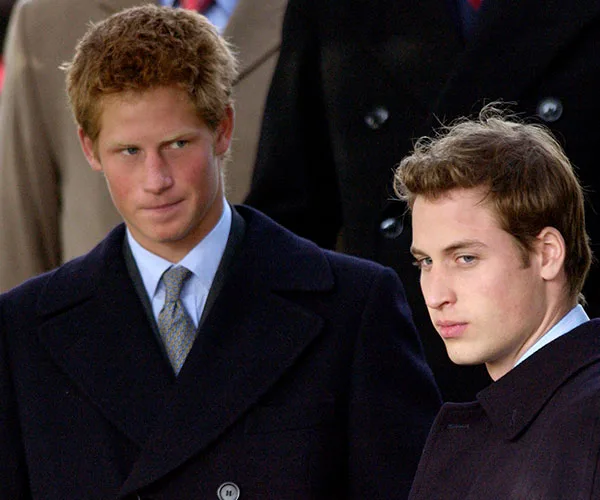
Before they became Dukes and Princes, the royal brothers were known as Harry and William Wales.
(Image: Getty) (Credit: (Image: Getty))Why don’t royals need surnames?
When you’re a key player of the world’s most famous family, you’re so damn well-known you really don’t need a surname.
Essentially, you’re the regal version of Madonna.
Another tradition that has also stuck is for royals to only sign their first names.
As their website explains: “Kings and princes were historically known by the names of the countries over which they and their families ruled. Kings and queens therefore signed themselves by their first names only, a tradition in the United Kingdom which has continued to the present day.”
The Queen was in fact so recognisable that she didn’t even need a passport!
The cover of the British passport features the Royal Arms, and is emblazoned with the words: “Her Britannic Majesty’s Secretary of State requests and requires in the name of Her Majesty all those whom it may concern to allow the bearer to pass freely without let or hindrance and to afford the bearer such assistance and protection as may be necessary.”
Since the passport was issued in the Queen’s name, she was not required to have one to travel outside of Britain.
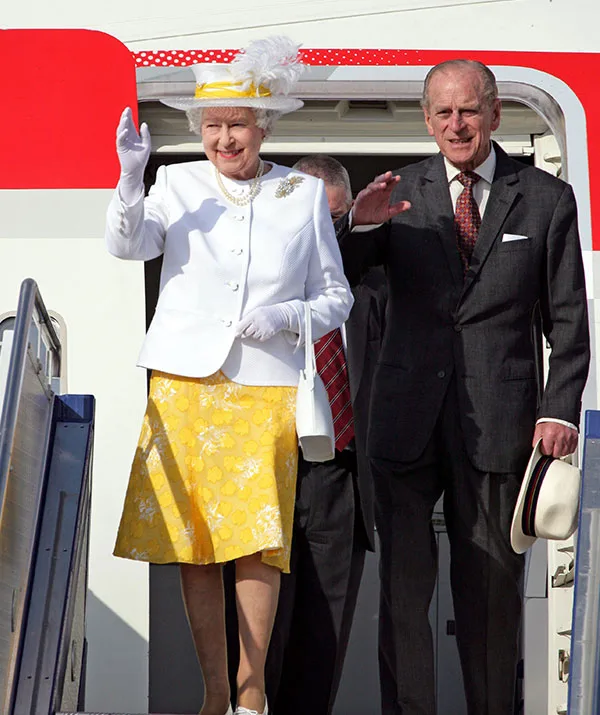
Untouchable: The Queen was the only person in the world who didn’t need a passport.
(Image: Getty) (Credit: (Image: Getty))So, what are the surnames of our favourite royals?
Hands up if you have a headache? Us too!
While you pretty much need a history degree to figure it out, the general rule of thumb is it can be Mountbatten-Windsor or derive from their house ie. York, Wales or Cambridge and context is key!
Princess Catherine: She was born Catherine Elizabeth Middleton but after marrying Prince William, she became Catherine, Duchess of Cambridge. The 41-year-old hasn’t ever been spotted using the double barrel surname of Mountbatten-Windsor and has taken on the habit of simply signing her first name. On all three of her children’s birth certificates, Kate referred to herself as “Catherine Elizabeth, Her Royal Highness the Duchess of Cambridge” in the name and surname section. There you have it! The mother-of-three clearly prefers to use her royal title.
Prince William: As the future King of England, Wills is spoiled for choice when it comes to picking a moniker. Before he became the Duke of Cambridge and now the Prince of Wales, he was known as William Wales at school, taking after his father’s title at the time. And just like his wife, he’s called himself His Royal Highness Prince William Arthur Philip Louis Duke of Cambridge on his kids’ birth certificates.
WATCH: Prince William and Duchess Catherine reveal their full names as they exchange wedding vows. Post continues…
Prince George: Behind palace gates, he’s known as Prince George of Wales, but when he’s rubbing shoulders with normies (aka us normal folk) at school at Lambrook Primary School in London, Prince George of Wales has adopted William’s territorial title for his schooling and is known as George Wales to his peers. However, before his parents were named as the Prince and Princess of Wales in 2022, he went by George Cambridge as his parents were the Duke and Duchess of Cambridge. The now-ten-year-old even showed off his surname on his first day of school when a sticker on his backpack bearing his name was spotted!
Princess Charlotte: Charlotte followed in her big brother’s footsteps and is referred to as Charlotte Wales on the class list, while her official title is Princess Charlotte of Wales.
Prince Louis: Unsurprisingly, Louis is also referred to as Louis Wales at school, with his royal title being Prince Louis of Wales.

Can you spot it? The label on the royal’s school bag reads “George Cambridge.”
(Image: Getty) (Credit: (Image: Getty))
The royal children go by the last name of Wales.
(Image: Getty) (Credit: (Image: Getty))Prince Harry: Before Meghan Markle, the 33-year-old signed off as Harry Wales or Captain Harry Wales for military purposes. Post-wedding, the couple were formally known as: The Duke and Duchess of Sussex, the Earl of Dumbarton and Baron Kilkeel, which is quite a mouthful! Harry’s more condensed title is The Duke of Sussex.
Meghan Markle: Should the opportunity present itself to use a royal surname, she could be known as Rachel Meghan Mountbatten-Windsor. As an official royal family member, she is known as The Duchess of Sussex.
Prince Archie: Archie was given the royal surname of Mountbatten-Windsor, which has been passed down through generations from the late Queen and Prince Philip. However, since Charles has become King, it has been revealed that Harry and Meghan are using Sussex as their children’s last name.
Princess Lilibet: As with her brother, Lilibet was also given the surname of Mountbatten-Windsor. Likewise, Lilibet’s last name has now been changed to Sussex.
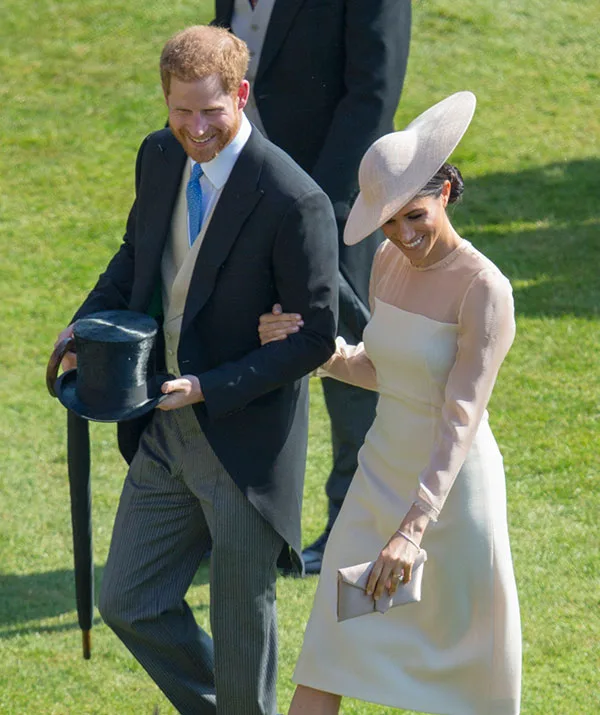
The Duke and Duchess of Sussex’s regal-sounding title is so posh!
(Image: Getty) (Credit: (Image: Getty))The Queen: The monarch’s full name technically was Elizabeth Alexandra Mary Mountbatten-Windsor while her royal title was Queen Elizabeth II. Interestingly, you may have noticed that the Queen signed off as “ER”, or was referred to as Elizabeth Regina, this wasn’t because Regina was one of her names, it was simply because Regina means “Queen” in Latin.
King Charles: The 75-year-old’s full title is… get ready, take a deep breath: His Majesty Charles the Third, by the Grace of God, King of Australia and His other Realms and Territories, Head of the Commonwealth. He’s known as King Charles for short and also signs off with just his first name.
Princess Eugenie and Princess Beatrice: As the sisters fall lower in line to the throne, they are not full-time royals and must hold down regular jobs. They have both been known to use the surname “York” for work purposes but in a royal capacity, they are called Her Royal Highness Princess Beatrice Elizabeth Mary of York and Her Royal Highness Princess Eugenie of York.
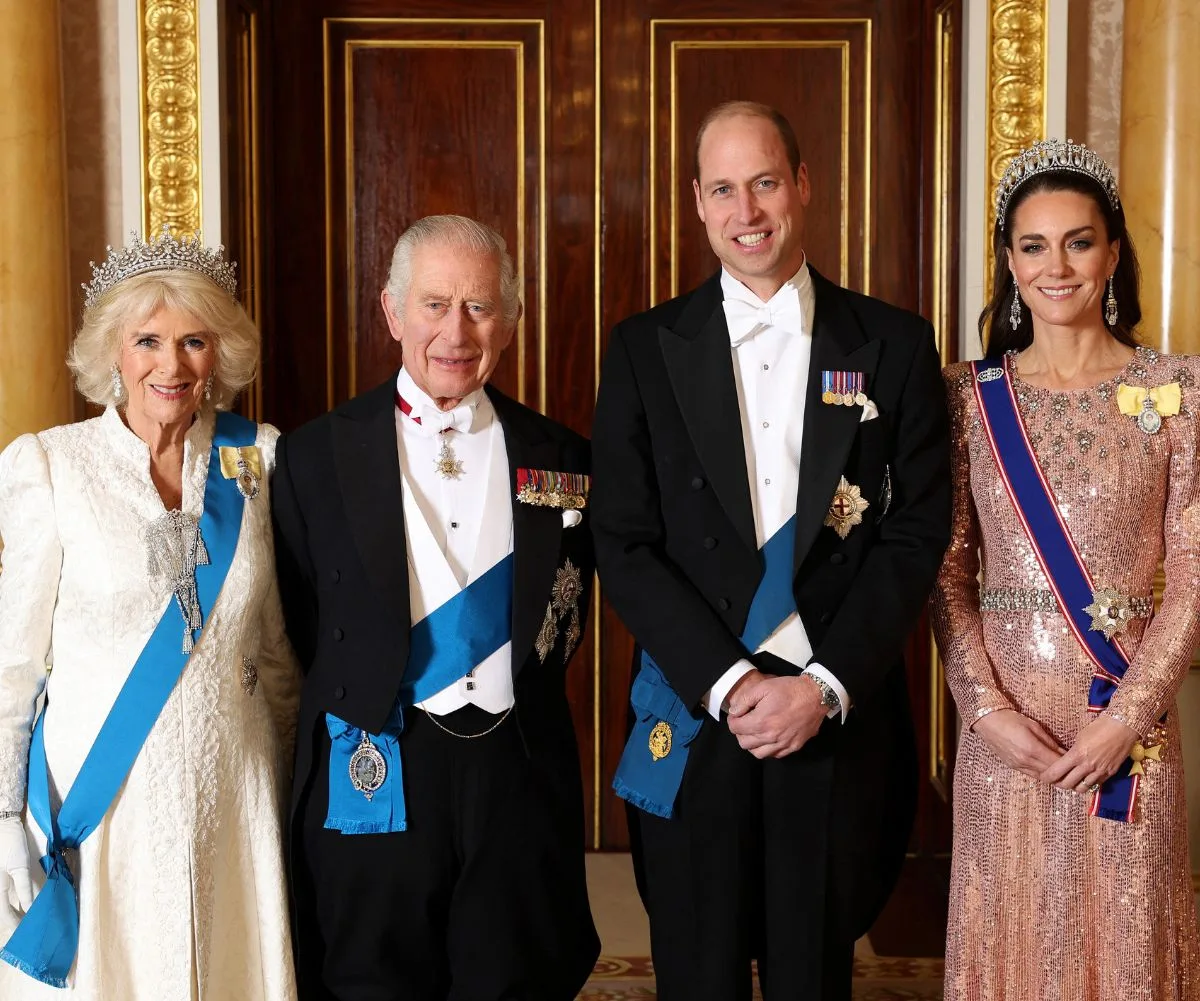
King Charles, Queen Camilla, Prince William and Princess Catherine have all had many last names!
(Image: Getty) (Credit: (Image: Getty))

